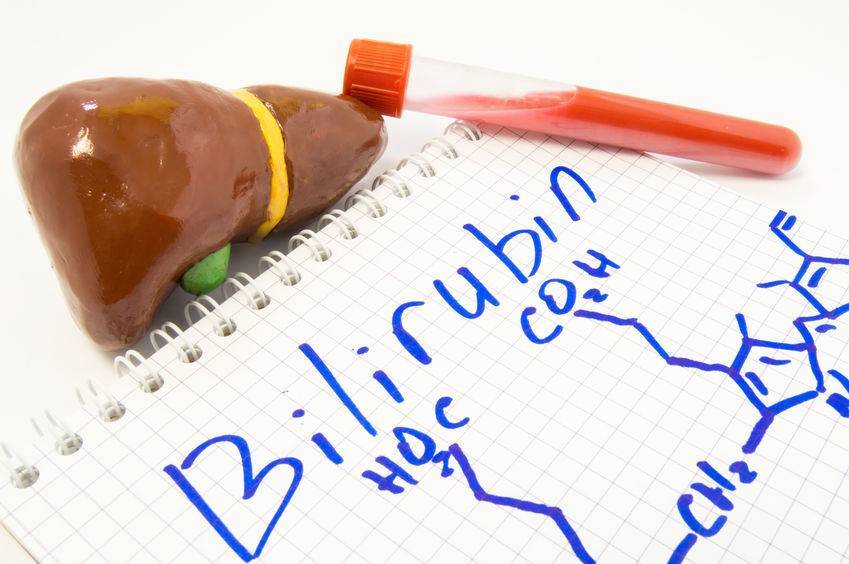In ancient times, when there were no sophisticated examination instruments to assist in judging diseases, Chinese medicine mainly relied on four big characters: looking, hearing, asking!
With the continuous development of modern medicine, more and more people began to rely on various examination instruments for medical treatment, and they believed that the symptoms on the surface of the body were simply not enough to judge the disease.
This is true, because the symptoms of many diseases are very similar, but their pathogenesis, severity, and treatment are different.

However, this does not mean that when everyone seeks medical examinations, they can only blindly carry out various meaningless examinations, and eventually screen and find diseases.
In fact, modern medicine will also combine the patient's surface symptoms to analyze the direction of examination.
For example, after the liver has a lesion, as the patient's condition continues to develop, different symptoms will appear on the patient's body surface.
To know if your liver is still healthy, look at the following four aspects:
1. Look at the face: if the patient has serious chronic liver damage, such as decompensated stage of cirrhosis, middle and advanced liver cancer, etc.;
Patients may have a dull and dull complexion, dry and unsmooth skin, dark circles, abnormal dilation of capillaries at the tip of the nose, etc., and the patient's entire face looks as if it has not been washed for a long time, and in extremely serious cases, there will even be a bronzed face.
The reason for this is because the damage to liver function affects the endocrine function, resulting in a large amount of melanin production in the body accumulated on the face, which is clinically called "liver disease face";
2, look at the diet: there are many patients with chronic liver disease after entering the development period of the disease, digestion and absorption have certain obstacles, such as patients after eating, there is a significant feeling of bloating, sometimes accompanied by nausea, vomiting and other symptoms.
At the same time, patients are particularly disgusted with greasy food, and after eating greasy food, diarrhea symptoms also occur, and the appetite becomes worse and worse. This is the case because the patient's liver function is severely reduced, which affects the secretion of bile.
Some liver diseases will also be accompanied by symptoms such as gastrointestinal congestion and portal hypertension, which will have a negative impact on food digestion;
3. Look at the palm: In the development of liver disease, the patient's palm size fish part may appear multiple dark red spots and plaques, and sometimes similar symptoms will change in the patient's finger examination of the palm surface and soles of the feet.
If the patient carefully observes these plaques, they can also find small arteries that expand and connect into pieces, which is what is known clinically as the "liver palm".
Its appearance, similar to the pathogenesis mechanism of liver disease, is because the patient's liver function is impaired, affecting the operation of the endocrine system, a large amount of estrogen accumulates in the blood, stimulates the expansion of capillaries on the surface of the body, and eventually forms the palm of the liver;
4. Look at the color of the skin: In addition to the liver disease face, liver disease may also be accompanied by jaundice symptoms. Because the liver is the organ that metabolizes bilirubin, after the appearance of liver disease, the metabolism and discharge of bilirubin may be hindered.
A large amount of bilirubin is generated in the body, but it is not well metabolized, and this orange-yellow substance will swim with the blood, causing abnormal yellow staining of the skin, sclera and mucous membranes throughout the body, and patients may also be accompanied by symptoms such as clay color of stool and dark yellow of urine.
If the above symptoms have suddenly appeared recently, especially if there is an inexplicable jaundice, it is likely that the liver disease has found its own signal and needs to be examined in time.
Of course, it should be emphasized here that due to the strong compensation of the liver, even if the body does not have any symptoms, the liver is not necessarily a healthy state.
Therefore, people with a family history of liver disease, a long history of alcoholism and other high-risk groups of liver disease should be vigilant and regularly seek medical treatment for relevant screening.